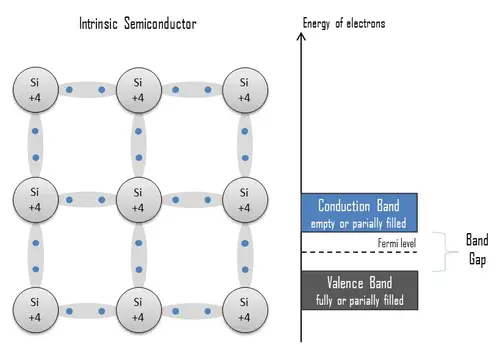Explore the LED current equation, its significance in LED design, optimization, and troubleshooting, along with a practical example.
Understanding the LED Current Equation
Light Emitting Diodes (LEDs) have become an integral part of modern electronics, offering energy-efficient and long-lasting lighting solutions for a wide range of applications. In order to optimize the performance of these devices, it is crucial to understand the LED current equation. This article will delve into the fundamentals of the LED current equation and its significance in LED design and operation.
LED Operation Basics
LEDs are semiconductor devices that emit light when an electric current flows through them. The operation of an LED is based on the principle of electroluminescence, which occurs when electrons in the semiconductor material recombine with holes to release energy in the form of photons. The amount of current flowing through an LED has a direct impact on its brightness, efficiency, and lifespan.
The LED Current Equation
The LED current equation is a mathematical expression that relates the current flowing through an LED to its forward voltage and the value of the current-limiting resistor. The equation can be expressed as follows:
- ILED = (VS – VF) / RL
Where:
- ILED is the current flowing through the LED (in amperes)
- VS is the source voltage (in volts)
- VF is the forward voltage of the LED (in volts)
- RL is the value of the current-limiting resistor (in ohms)
This equation allows designers to calculate the appropriate current-limiting resistor value for a given LED and power source, ensuring that the LED operates within its specified limits, thereby maximizing its performance and lifespan.
Significance of the LED Current Equation
The LED current equation plays a vital role in the design and operation of LED-based systems. By accurately calculating the current flowing through an LED, designers can:
- Optimize the brightness and efficiency of the LED
- Prevent damage to the LED due to excessive current
- Improve the overall lifespan of the LED
- Ensure the safe operation of the LED circuit
Furthermore, understanding the LED current equation can aid in troubleshooting LED-related issues, as it helps identify potential problems with the LED, the current-limiting resistor, or the power source.
Conclusion
In conclusion, the LED current equation is an essential tool in the design, optimization, and troubleshooting of LED-based systems. By providing a clear relationship between the current flowing through an LED and the relevant circuit parameters, the LED current equation allows designers to maximize the performance and lifespan of these versatile and energy-efficient devices.
Example of LED Current Calculation
Let’s consider a practical example to illustrate the application of the LED current equation in determining the appropriate value of a current-limiting resistor for an LED circuit.
Suppose we have an LED with the following specifications:
- Forward voltage (VF): 2.0V
- Desired current (ILED): 20mA
Additionally, we have a power source with a voltage (VS) of 5V. Our goal is to calculate the value of the current-limiting resistor (RL) that allows the LED to operate at the desired current.
Using the LED current equation, we can write:
- ILED = (VS – VF) / RL
Plugging in the given values, we get:
- 20mA = (5V – 2.0V) / RL
Now, we can solve for RL:
- RL = (5V – 2.0V) / 20mA
- RL = 3.0V / 20mA
- RL = 150Ω
Therefore, a 150Ω resistor is required to limit the current flowing through the LED to the desired value of 20mA, ensuring optimal operation and longevity of the LED.
This example demonstrates the practical application of the LED current equation in calculating the appropriate current-limiting resistor value for an LED circuit, helping designers optimize the performance and lifespan of their LED-based systems.



